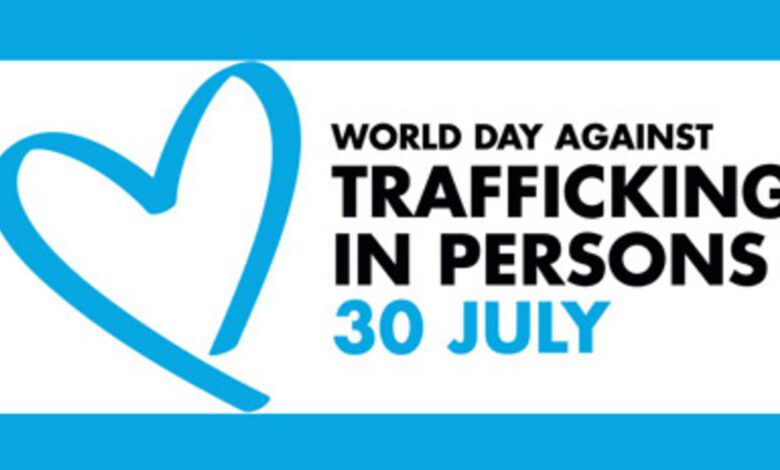
For many people, when hearing the term “trafficking in persons”; they think it is confined to the sale of human beings to humans. But real concept of human trafficking usually refers to the process through which individuals are placed or maintained in an exploitative situation for economic gain, including the crime of exploiting women, children and men for various purposes, including forced labor, unpaid labor and prostitution. The adoption of the Protocol to Prevent, Suppress and Punish the Trafficking in Persons, especially women and children, supplementing the United Nations Convention against Transnational Organized Crime in 2000 was a milestone that provided the first internationally agreed definition of “trafficking in persons”.
Despite the existence of a comprehensive international legal framework, millions of children, women and men continue to be trafficked each year, in all regions and in most countries of the world. The clandestine nature of trafficking makes it difficult to quantify the phenomenon. According to Global Estimates , 25 million people were subjected to forced labour and sexual exploitation in 2016 worldwide. Data collected for the “Global Report on Trafficking in Persons 2020” show that in 2018, about 50,000 victims of human trafficking were detected and reported by 148 countries. Europe, the Middle East, North America and some countries in East Asia and the Pacific are destinations for victims of trafficking in persons.
LHRS-PRS-2021-07-1047-EN

